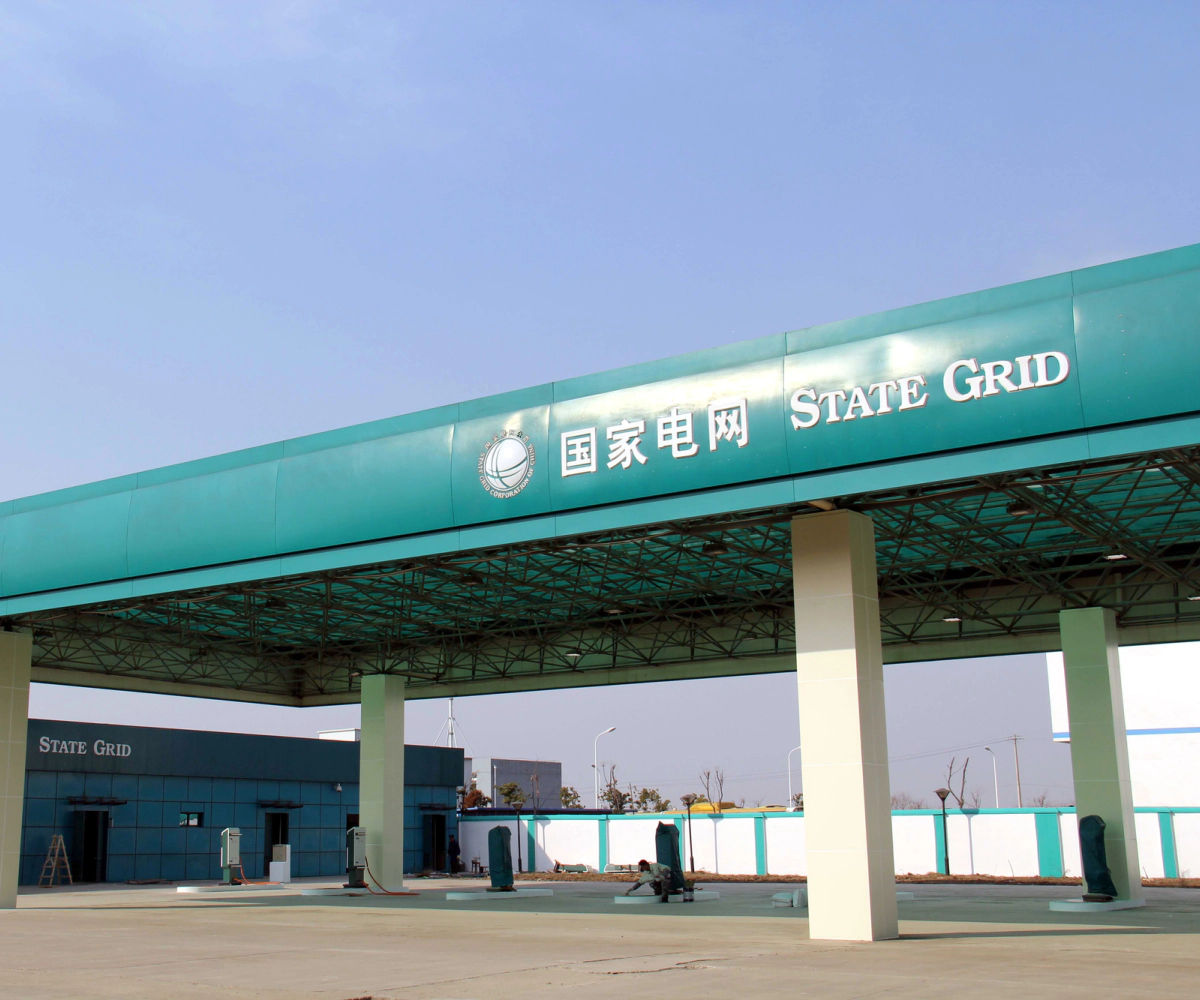Background
State Grid EV Service Co., Ltd. is a leading provider in the Intelligent Connected Vehicle (ICV) sector, offering sophisticated monitoring and maintenance services for ICV platforms. Initially designed to handle basic resource and application performance monitoring across over 400 node applications, the company’s platform has rapidly expanded to accommodate the growing demands of the ICV industry. As the platform grew to support more than 1400 nodes, the need for comprehensive and efficient monitoring of core business systems became crucial to ensure the stable operation of ICVs.
Challenges:
- Incomplete Monitoring Coverage: With the expansion to over 1400 nodes, the existing monitoring system struggled to fully cover all new extensions, leading to inaccuracies in problem localisation.
- Lack of Unified Data Analysis: Data silos persisted within the monitoring system, lacking effective correlation analysis, which compromised the depth of insights and decision-making capabilities.
- Insufficient Visualisation: The monitoring data lacked unified and intuitive visual displays, which hindered the operational team’s ability to quickly respond to and manage issues effectively.
Results:
- Comprehensive Monitoring: By extending the monitoring scope to include all nodes from foundational to application layers, comprehensive performance monitoring across the entire ICV platform was achieved.
- Establishment of a Unified Index System: By breaking down data silos and integrating diverse data types, a unified monitoring index system was established, facilitating centralised data analysis and visualisation within the control centre.
- Business-Oriented Configuration Management: Comprehensive management of operational metadata from the IaaS, PaaS, to SaaS layers was completed, providing robust support for business operations.
- Enhanced Efficiency and Capability: These measures reduced the time for operational staff to detect and resolve issues by 60%, significantly boosting operational efficiency and also strengthening the IT department’s analytical capabilities and technological advancement.








